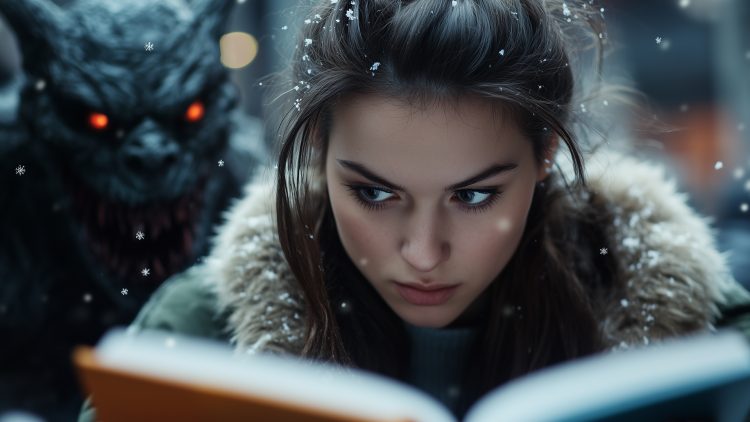We begin this discussion by welcoming our listeners to another episode of the Fully-Booked Podcast, where we delve into the spine-chilling realm of winter horror. As we reach the midpoint of February, the cold remains a dominant presence, and with that in mind, we decide to explore horror stories set in winter landscapes.
Winter horror is particularly effective in creating a sense of isolation and claustrophobia, trapping characters in dire circumstances, and heightening tension and anxiety. The conversation leads us to consider the best time to read winter horror – whether it should be reserved for the cold months to enhance immersion or if it remains just as impactful year-round.
Note
The following is an editorialized transcript of our weekly literary podcast. If you would like to listen to the podcast, click the play button above orlisten on your favorite platform with the links below.
The Power of Winter in Horror Narratives
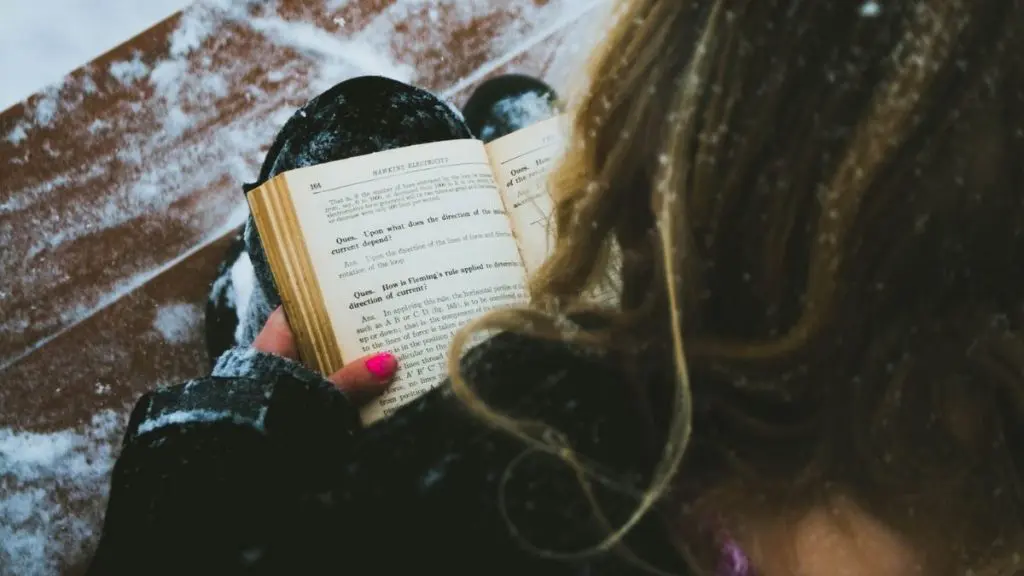
We think that winter settings amplify horror elements by isolating characters through impassable snowstorms and relentless cold. This limitation of movement, whether due to severe weather or environmental obstacles, creates a heightened sense of vulnerability. Horror thrives on fear, desperation, and entrapment, and winter conditions intensify these emotions. The characters are not only battling supernatural or psychological threats but also nature itself.
As we examine various books in the winter horror genre, we see common themes emerge. The environment itself becomes a malevolent force, exacerbating already dire situations. The cold, darkness, and loneliness intertwine with the horrors lurking within, making these stories particularly gripping.
Winter Horror Book Recommendations
The Shining by Stephen King
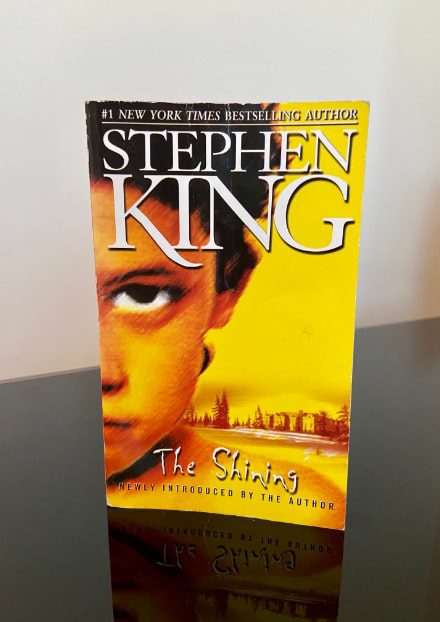
We begin our exploration with The Shining, one of the most famous winter horror novels. It follows Jack Torrance and his family as they become the winter caretakers of the Overlook Hotel, an isolated, snowbound resort. The novel masterfully uses the winter setting to amplify Jack’s descent into madness, highlighting themes of addiction and personal demons.
Stephen King’s own experiences with alcoholism make this story deeply personal, and the setting enhances the feelings of being trapped – both physically and psychologically. The supernatural elements of the Overlook Hotel prey on these vulnerabilities, turning the setting itself into an antagonist.
The hosts note the differences between King’s novel and Stanley Kubrick’s film adaptation, which King famously disliked. While the film focuses on a more straightforward horror narrative, the novel explores deeper psychological and thematic layers, particularly addiction and the cycle of abuse.
RelatedParadise-1 Review: A Terifying Psychological Sci-fi Horror You Won’t Be Able To Put Down
The Terror by Dan Simmons
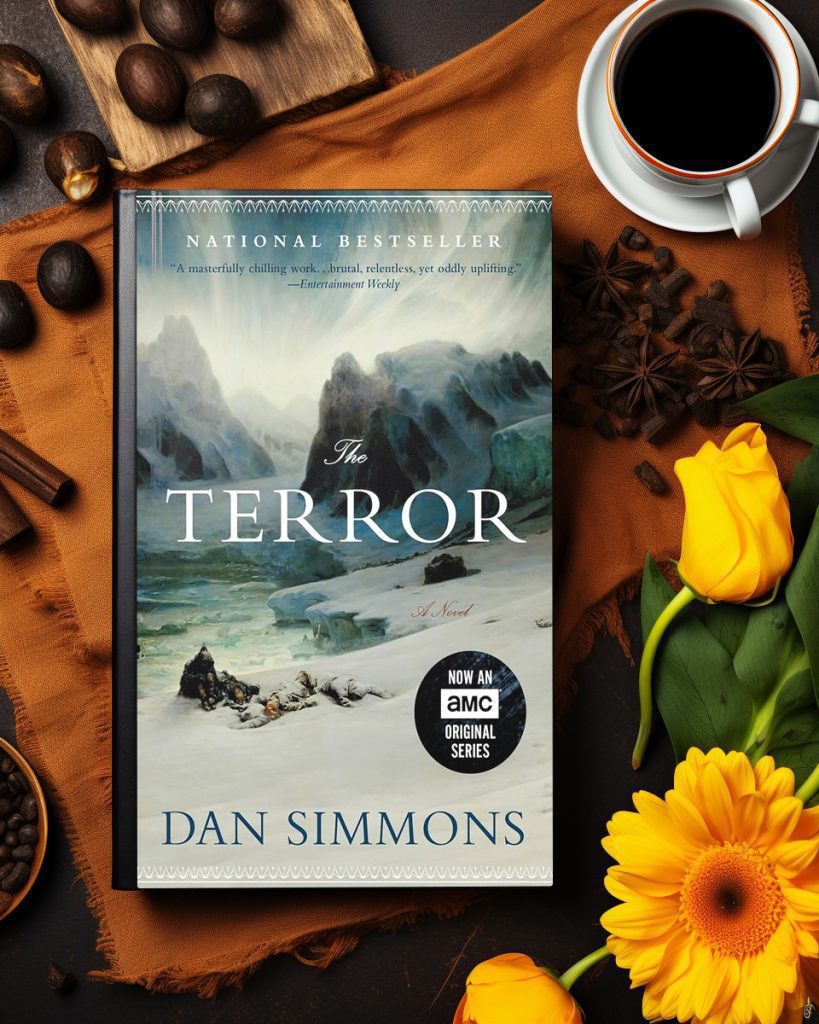
The Terror offers a blend of historical fiction and supernatural horror, fictionalizing the real-life doomed Franklin Expedition of the 1840s.
Trapped in the Arctic ice, the crew faces not only starvation and scurvy but also an unknown supernatural force lurking in the landscape. The novel excels at conveying the utter desolation of the frozen Arctic, where isolation and hopelessness become the crew’s greatest enemies. The hosts praise Simmons’ detailed research and ability to make the cold itself feel like a character, evoking a profound sense of unease and dread.
Enjoying this article?
Subscribe to our weekly newsletterNear the Bone by Christina Henry
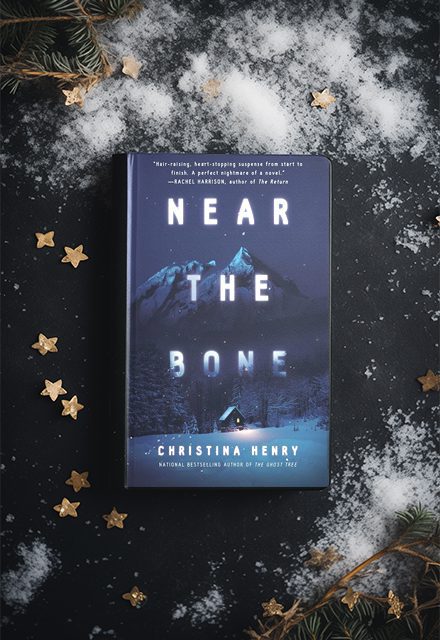
This novel intertwines winter horror with psychological terror, following a young woman trapped in an abusive relationship in an isolated mountain cabin. The story takes a sinister turn when evidence of a monstrous presence emerges in the surrounding woods.
The novel cleverly uses winter’s isolation as a metaphor for domestic abuse, reinforcing the protagonist’s entrapment and powerlessness. The hosts appreciate how Henry creates a suffocating atmosphere where both human and inhuman horrors coexist, making for an unsettling read.
At the Mountains of Madness by H.P. Lovecraft
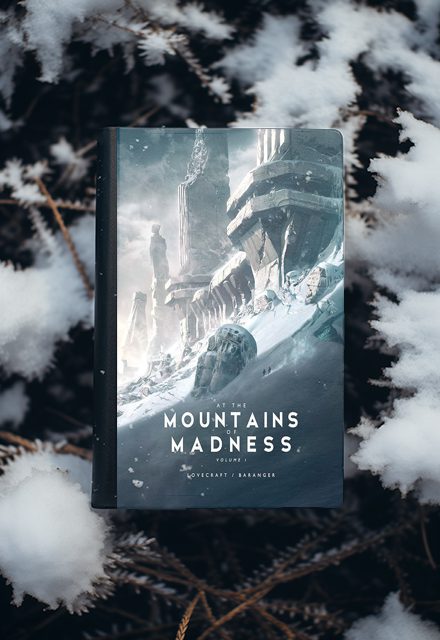
Lovecraft’s novella explores an Antarctic expedition that uncovers ancient, otherworldly horrors beneath the ice. The story embodies Lovecraftian cosmic horror, where the unknown and incomprehensible threaten human sanity.
The isolation of the Antarctic setting, combined with the protagonists’ slow descent into terror, makes this a classic example of winter horror. Though the hosts acknowledge Lovecraft’s problematic legacy, they recognize the impact of this work on the horror genre.
Related10 Terrifying Paranormal Books That Will Haunt Even Adult Readers
Dead North: Canadian Zombie Fiction (Anthology edited by Silvia Moreno-Garcia)
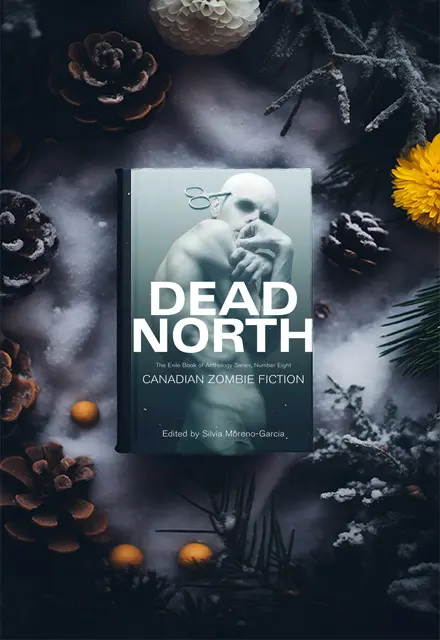
This collection of short stories brings a Canadian twist to the zombie apocalypse. The cold, harsh winter landscapes serve as both a refuge and a challenge, as freezing temperatures incapacitate zombies but also create new survival difficulties.
Some stories play with the concept of zombies freezing solid, making them less of a threat, while others explore human struggles in extreme conditions. The hosts find this anthology fascinating, particularly in its representation of Canadian settings and survivalist themes.
Other Notable Winter Horror Stories
Misery by Stephen King
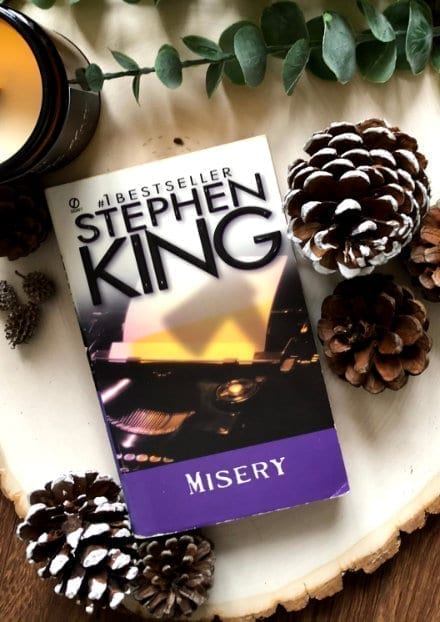
Although not a supernatural horror, Misery uses winter’s isolation to intensify its psychological terror. A famous novelist is held captive by his obsessive fan, completely cut off from the outside world due to a snowstorm. The claustrophobic setting and the protagonist’s helplessness create an atmosphere of dread that aligns with the themes of winter horror.
Boys in the Valley by Philip Fracassi
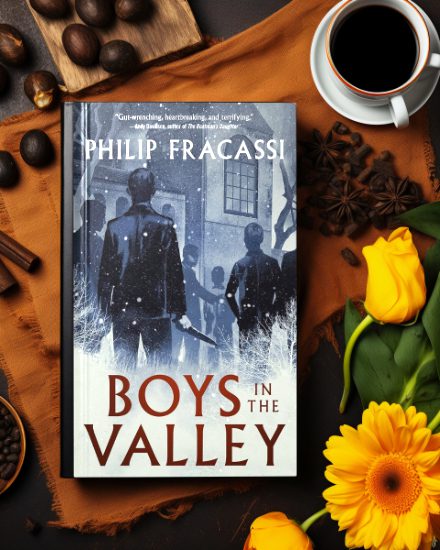
Set in a remote Catholic orphanage during a brutal winter, this novel follows a group of boys facing a growing supernatural evil. The winter setting enhances the sense of being cut off from the outside world, and the novel’s use of possession themes adds to its disturbing nature.
RelatedSpine-Chilling Secrets: Why Horror Hits Differently In Novels And Cinema
Let the Right One In by John Ajvide Lindqvist

This Scandinavian vampire novel features an unlikely friendship between a bullied boy and a mysterious girl. The frigid Swedish winter enhances the bleak atmosphere, and the story uses its setting to explore themes of loneliness and violence. The novel was later adapted into a highly acclaimed Swedish film and a decent American remake (Let Me In).
30 Days of Night (Graphic Novel by Steve Niles and Ben Templesmith)
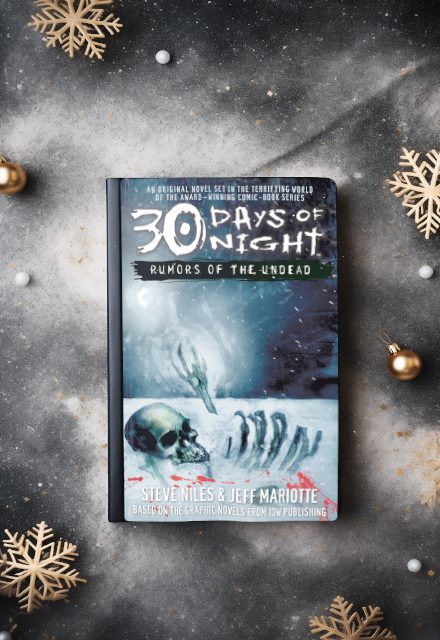
Set in an Alaskan town where the sun doesn’t rise for an entire month, this vampire story cleverly uses the prolonged darkness as a hunting ground for bloodthirsty creatures. The hosts praise the concept as one of the most intelligent uses of setting in horror fiction, though they note that the film adaptation failed to fully capitalize on the story’s potential.
The Impact of Winter Horror
The hosts conclude that winter horror stories work exceptionally well because they heighten feelings of vulnerability, powerlessness, and isolation. These stories tap into deep-seated fears of being trapped and alone, making the setting itself a fundamental part of the horror experience.
We invite listeners to share their favorite winter horror reads, as there are undoubtedly more chilling tales waiting to be discovered. Whether read during a snowy night or in the middle of summer, these stories remind us of the power of a well-crafted setting in evoking fear and suspense.

